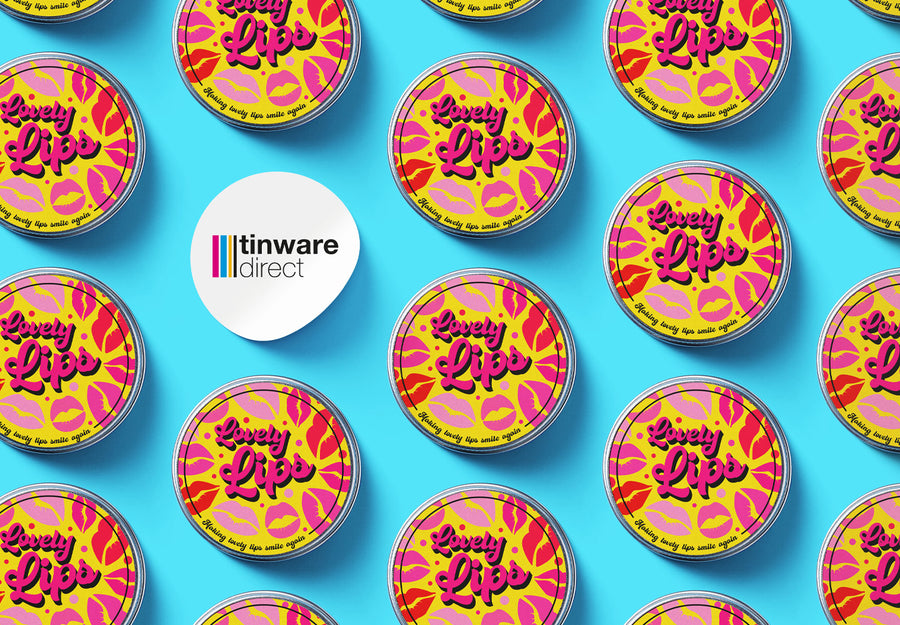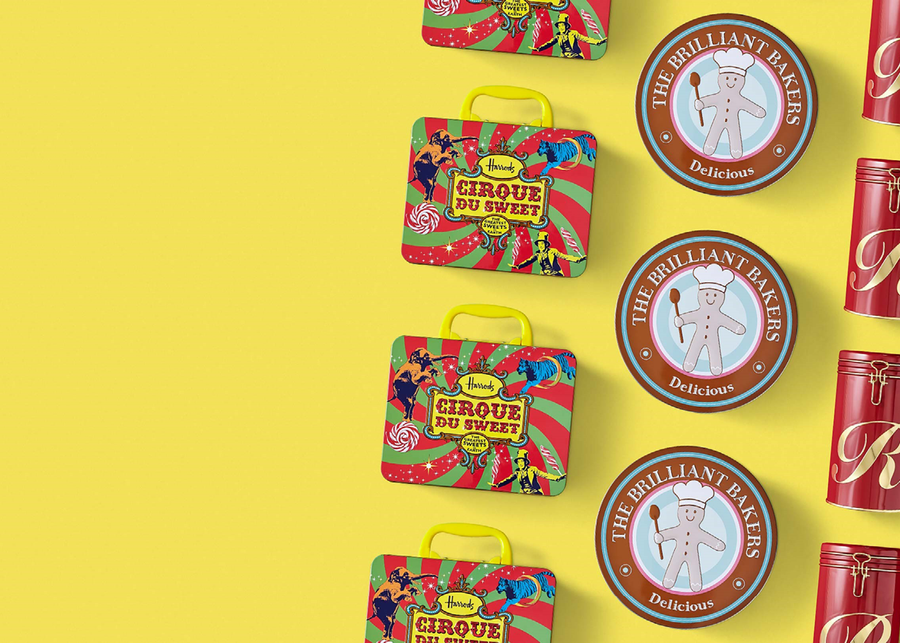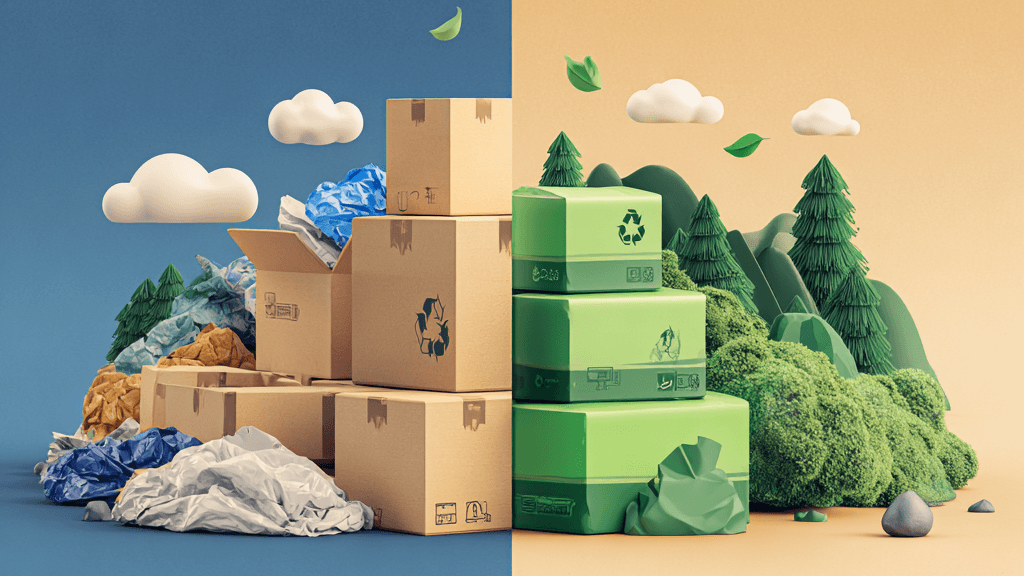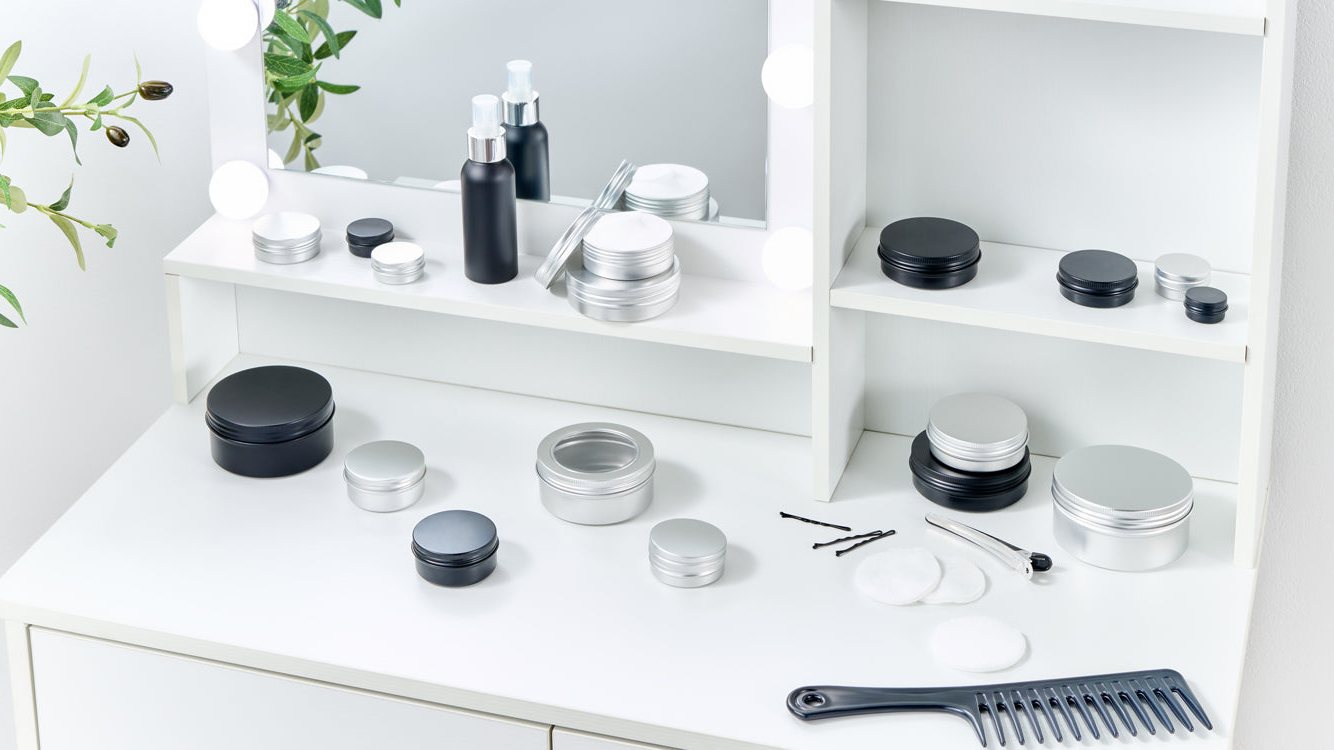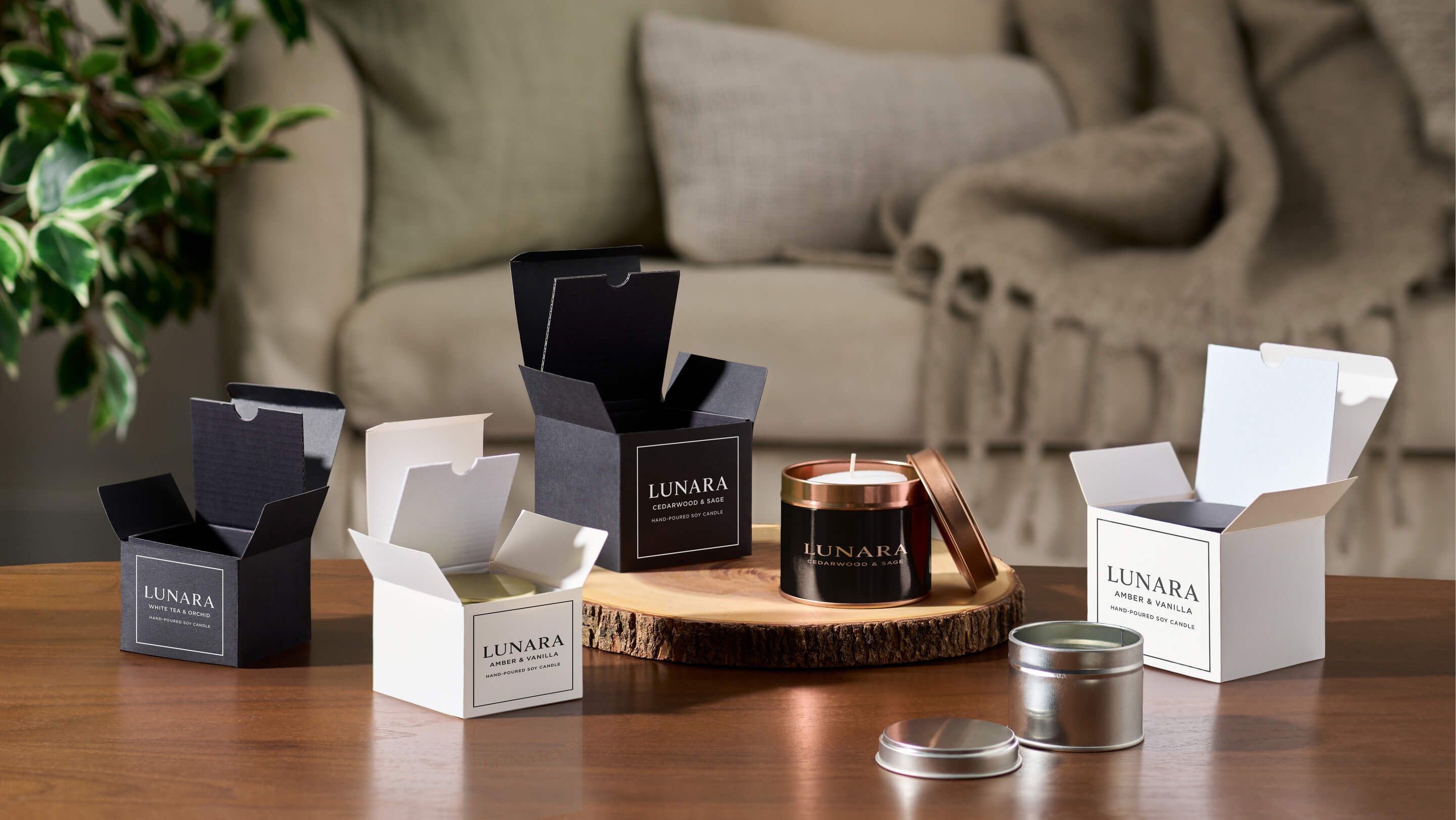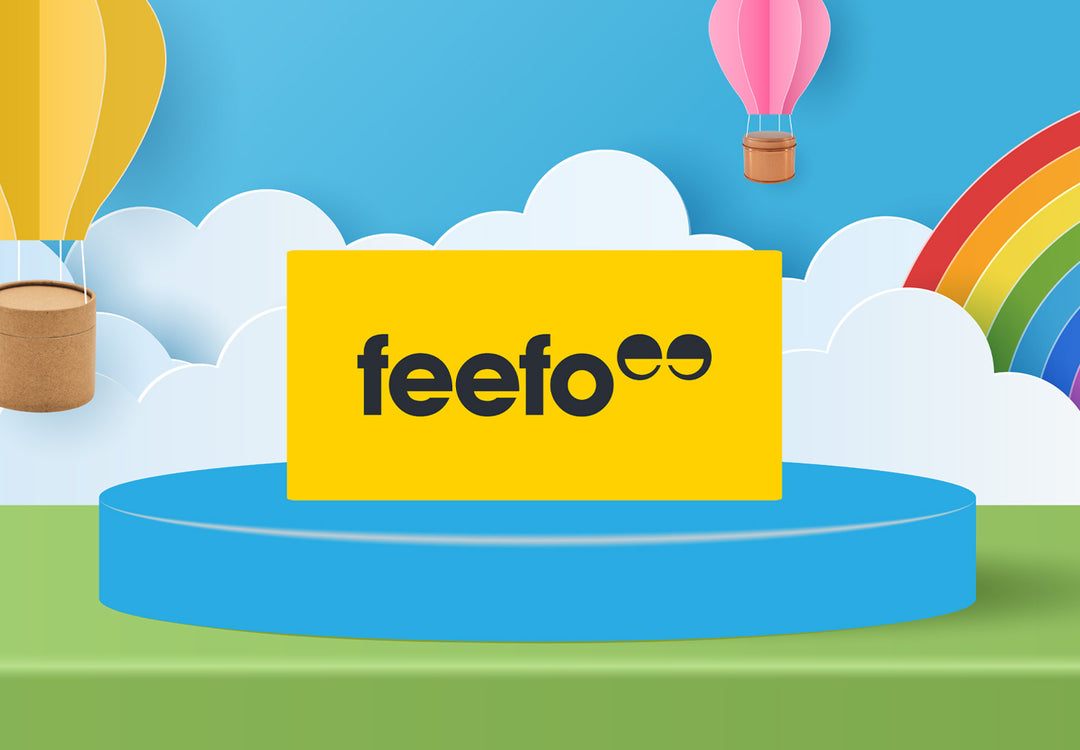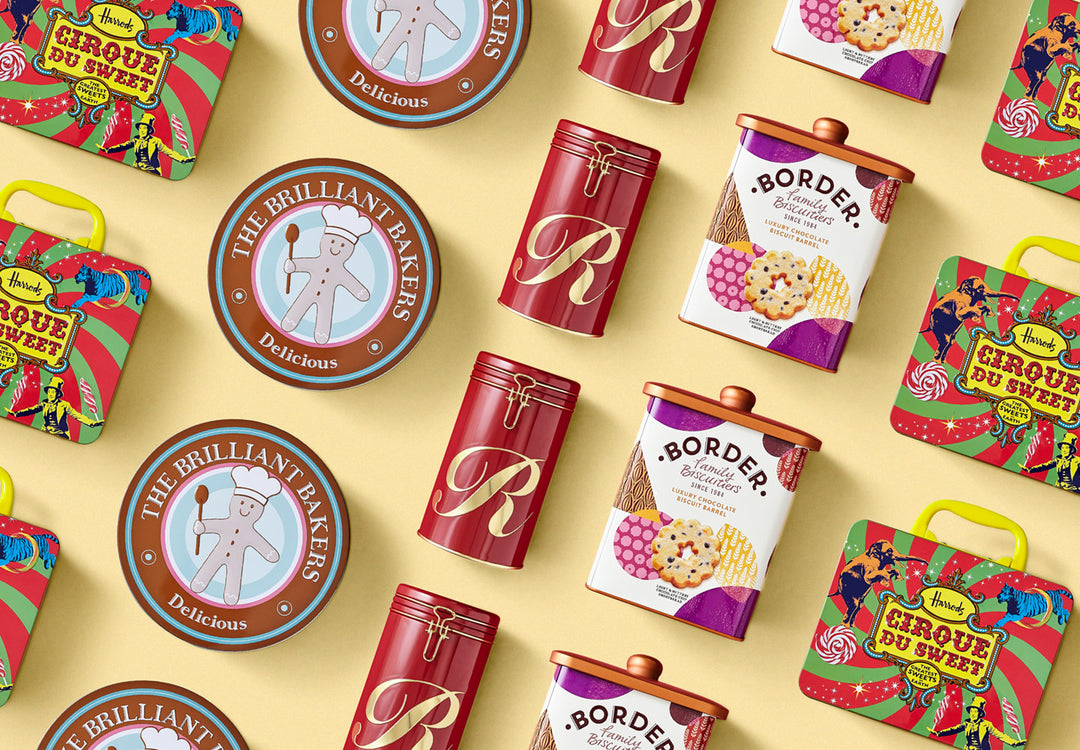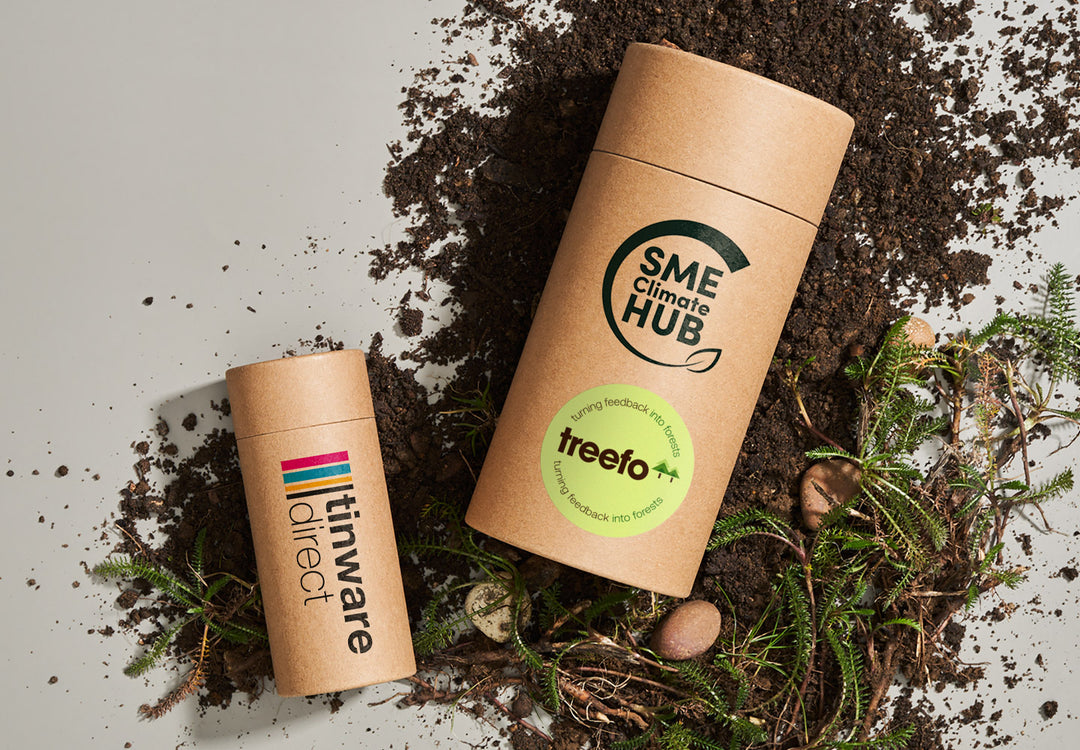Environmental Impact Of Plastic Vs Metal

Plastic
Plastic has been around just short of a century, yet it has already had a detrimental effect on our environment. It seems virtually impossible to go a day with encountering plastic, whether it be your keyboard, cover for your smartphone or in everyday food you consume.
Due to the significant impacts that plastic has on the world, ecosystems and environment, we all must reduce our plastic use as much as possible. If you need further encouragement to limit your plastic waste, here are just a handful of worrying plastic packaging statistics that will make you think twice about consuming plastic.
1. One million plastic bottles are sold every minute
20,000 plastic bottles are bought worldwide every single second. Sadly, less than 50% of these are recycled. Just 7% of the plastic bottles are transformed into new bottles.
When you consider that 480 billion bottles were sold in 2016 and less than 50% of these bottles were recycled, that means there were over 240 billion bottles that went into a landfill in a single year.
2. Plastic outnumbers sea life by six to one
There is more plastic in the oceans than wildlife. In fact, plastic outnumbers sea life by six pieces for every one animal. Furthermore 90% of the pollution floating in the ocean is plastic which accounts for 46,000 pieces of plastic in every single square mile.
3. 50% of plastic is used only once
Incredibly, half of the plastic that is destroying the ecosystem is created for single use. This could include plastic bottle, coffee cup lids and food packaging. With such a throwaway culture, only 5% of plastic is recovered from what is produced.
4. Only one-third of UK plastic packaging is recycled
Despite being more eco-aware, consumers in the UK still only recycle one-third of their plastic packaging. Two-thirds of plastic packaging is taken to landfill while a small proportion is incinerated. With this in mind less than half of the plastic goods that are recyclable are actually recycled.
5. 7 million coffee cups are thrown away in the UK every day
Love a takeaway coffee? So, do 7 million other people in the UK. In just a single day. With hardly any coffee cups or lids being recycled or recyclable, the harmless morning coffee may be significantly damaging the environment.
Regularly enjoy a coffee? Why not invest in a reusable coffee cup, your coffee shop may discount your coffee because of it too.
Metal
Steel recycling in Europe has reached an all-time high of 79.5% meaning that for every 10 items of steel packaging put on the European market, close to 8 have been collected, effectively recycled and made available for the manufacture of new steel products. With an increase of 2 percent on 2015 data, steel for packaging’s recycling rate is pulling ever further away from that of other packaging materials.
1. Metals: a true recycling story
It’s estimated that an astonishing 80% of all metal ever produced is still in use today. Due to the intrinsic value of metal, once made it’s rarely wasted and with good recovery systems in place it’s possible to achieve recycling rates 90%.
2. Recycling: the key to consumers
Consumers have a strong preference for companies that adopt environmentally friendly products and packaging, and support companies that carry out recycling. Metal packaging is recycled more than any other primary packaging material. Steel is the most recycled packaging material in Europe: 79.5% of steel packaging is currently recycled, meaning over twenty years of continuous improvement by the steel for packaging sector where recycling rates have risen more than threefold.
3. Lifespan
Some packaging materials can be recycled an infinite number of times, others just 2 or 3 times. Let’s break down the lifespan of some of the most commonly used packaging materials:
- Paper – 5 to 7 times
- Cardboard – 3 to 4 times
- Glass – Infinitely
- Plastic – Once
- Polystyrene – Once
- Aluminium, copper and other metals – Infinitely
Ultimately, to determine which is the more sustainable form of packaging material we must consider the recycling process for both.
Plastic usage has skyrocketed over the last 50 years, but plastic recycling has barely been able to keep up. Currently only 9% of all plastic is recycled.
When the lifecycle of both types of packaging materials are considered it becomes clear that tinplate and aluminium is by far, the most environmentally friendly option.
At Tinware Direct, we are committed to helping the environment, so whether you’re a business or consumer, our recyclable metal packaging is the perfect alternative to plastic packaging.
Source:
http://ribble-pack.co.uk/environment/plastic-packaging-statistics
